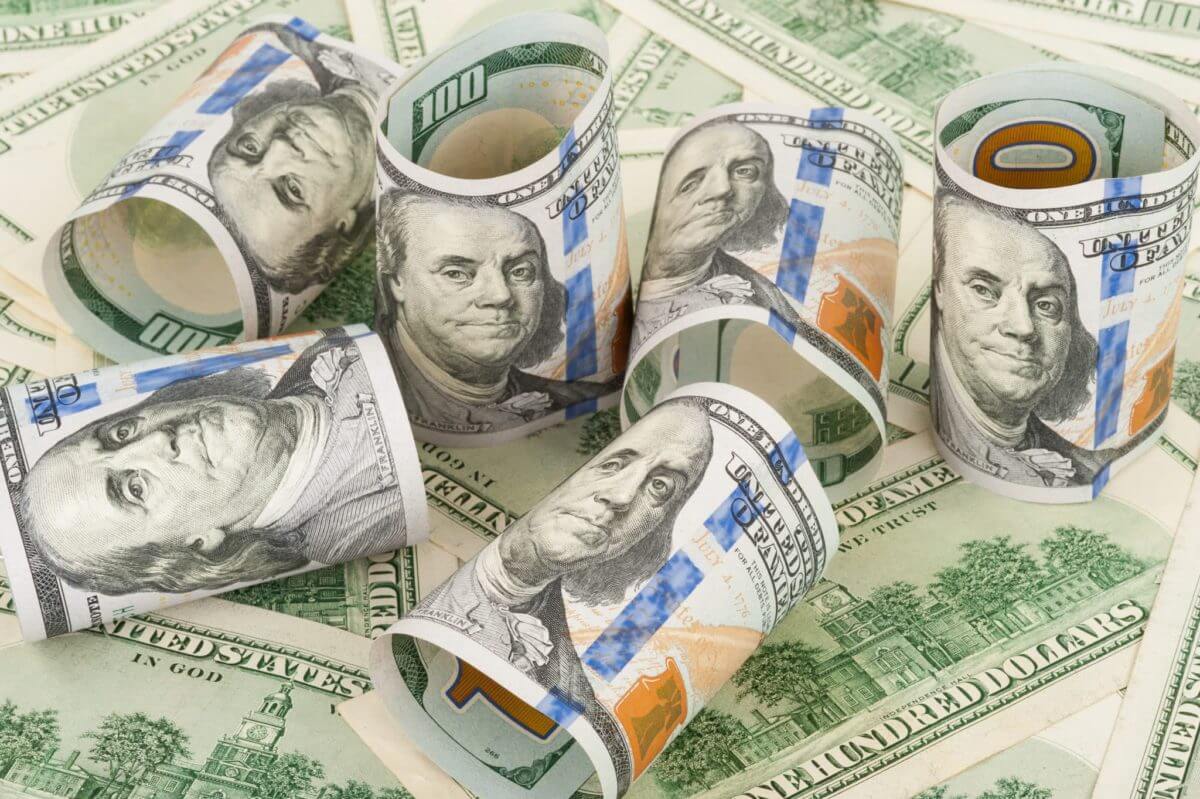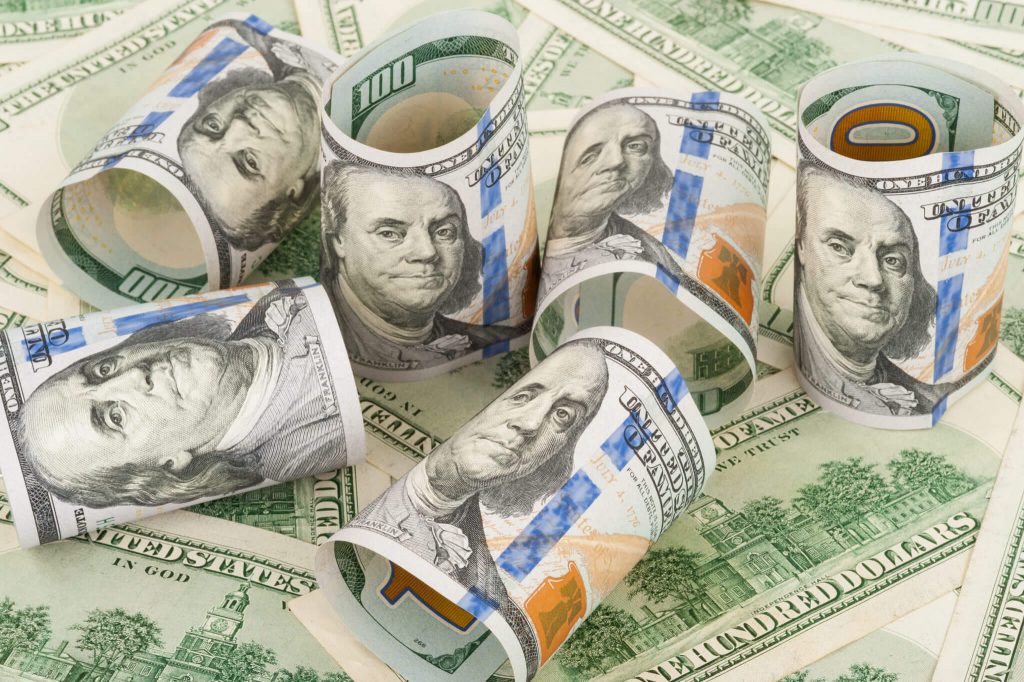
Dollar rose; Fed might change stimulus measures sooner
The U.S. dollar boosted on Tuesday morning in Asia as it edged back from near a five-month low. Investors continued to bet the U.S. Federal Reserve will change its stimulus measures sooner than anticipated after positive economic data was released on Tuesday.
The U.S. Dollar Index that measures the dollar against a basket of other currencies surged 0.11% to 89.920. The dollar against the Japanese yen rose by 0.25% and traded at 109.72.
Meanwhile, the risk-sensitive Australian dollar boosted 0.09% to 0.7747 after Australia released a better-than-anticipated Gross Domestic Product earlier in the day. The GDP climbed 1.8% quarter-on-quarter and 1.1% year-on-year for the first quarter of 2021. Moreover, the New Zealand dollar declined by 0.10% against the dollar and traded at 0.7248.
The U.S. dollar against the Chinese yuan advanced 0.06% to 6.3832. Investors resume monitoring the recent bullish yuan after the People’s Bank of China tightened banks’ forex reserve requirements to curb the yuan’s appreciation. The restrictions caused the offshore yuan to retreat from its three-year peak of 6.3526 reached on May 31.
The British pound against the dollar rose by 0.01% and hit 0.4148, with Bank of England Governor Andrew Bailey due to speak later in the day.
U.S. Federal Reserve officials say the price pressure will be short-lived
Some U.S. Federal Reserve officials declared that the price pressure will be short-lived. Meanwhile, some investors remained concerned that potential runaway inflation will eventually force the central bank to change its current dovish monetary policy earlier than anticipated.
In the U.S., data released on Tuesday announced the Institute of Supply Management (ISM) Manufacturing Purchasing Managers Index (PMI) rose 61.2 in May. It was driven by an increased demand amid a reopening of businesses. However, the data also revealed supply shortages and labor constraints.
Investors now await further U.S. data, including non-farm payrolls, due on June 4 for clues on the economic outlook. Its much-weaker-than-anticipated reading in April led the greenback to fall 0.7% on May 7.


